Sleep Respiratory Disorders and Sleep Laboratory
- Home
- Sleep Respiratory Disorders and Sleep Laboratory

We spend about a third of our lives asleep. Sleep is a biological process that every person must live every day in order to rest and regenerate for their mental and physical health. The main purpose of sleep is to provide rest for the body and brain after tiring daily life. The fact that people start the day in a fit and rested state indicates that they have a healthy sleep process. In this process, if the body could not rest enough and the person starts the day tired, it is necessary to suspect sleep disorders. Disorders that cause people to experience various problems during the day due to not getting enough sleep or physiological events during sleep are called sleep disorders.
What are Sleep Disorders?
There are many types of sleep disorders. Sleep disorders include:
- inability to fall asleep,
- Inability to stay asleep
- excessive sleepiness,
- breathing disorders during sleep,
Periodic limb movement disorder during sleep.
The most important place among them is breathing disorders during sleep. Sleep apnea is an important part of sleep breathing disorder.
What is Sleep Apnea (Obstructive Sleep Apnea Syndrome=OSAS)?
Sleep apnea accounts for a large proportion of sleep breathing disorders. Sleep apnea is a disease that must be diagnosed and treated. During sleep, vital organs, especially the brain and heart, are deprived of oxygen due to the short-term cessation of breathing many times during the night. Thus, it causes unwanted and difficult-to-treat diseases in the long run.
What are the Symptoms of Sleep Apnea (Obstructive Sleep Apnea Syndrome=OSAS)?
There are many symptoms of sleep apnea seen in the person. Symptoms of sleep apnea include:
- Snore, cessation of breathing during sleep
- Excessive daytime sleepiness due to not getting quality sleep at night,
- Waking up tired in the morning
- Work accidents and traffic accidents,
- It is excessive sweating.
How is Sleep Apnea Diagnosed?
Sleep laboratories are the units where diseases are diagnosed in sleep disorders. Polysomnigraphy performed in the sleep laboratory is the gold standard for diagnosing sleep disorders. Patients are admitted to the sleep laboratory and a test called polysomnography (sleep test) is applied. Thus, the disease is diagnosed and the treatment of the disease begins.
Polysomnigraphy (sleep test) is performed on patients admitted to the sleep laboratory with a preliminary diagnosis of Sleep Apnea. During the night, the patient is observed and records are taken.
The criteria followed on the patient in the sleep laboratory are as follows:
- Snore,eye movements,
- Abdominal and chest movements
- how long breathing stops
- how many times breathing stops
- What is the number of heart beats,
- How low the amount of oxygen in the blood is,
How many hours did he sleep?
How much sleep is interrupted due to respiratory distress.
As a result of observing these criteria, a diagnosis is made and it is determined that the sleep architecture is disrupted. Then the treatment process begins.
It is important for patients with sleep problems to apply to a sleep laboratory without wasting time in solving their sleep problems.
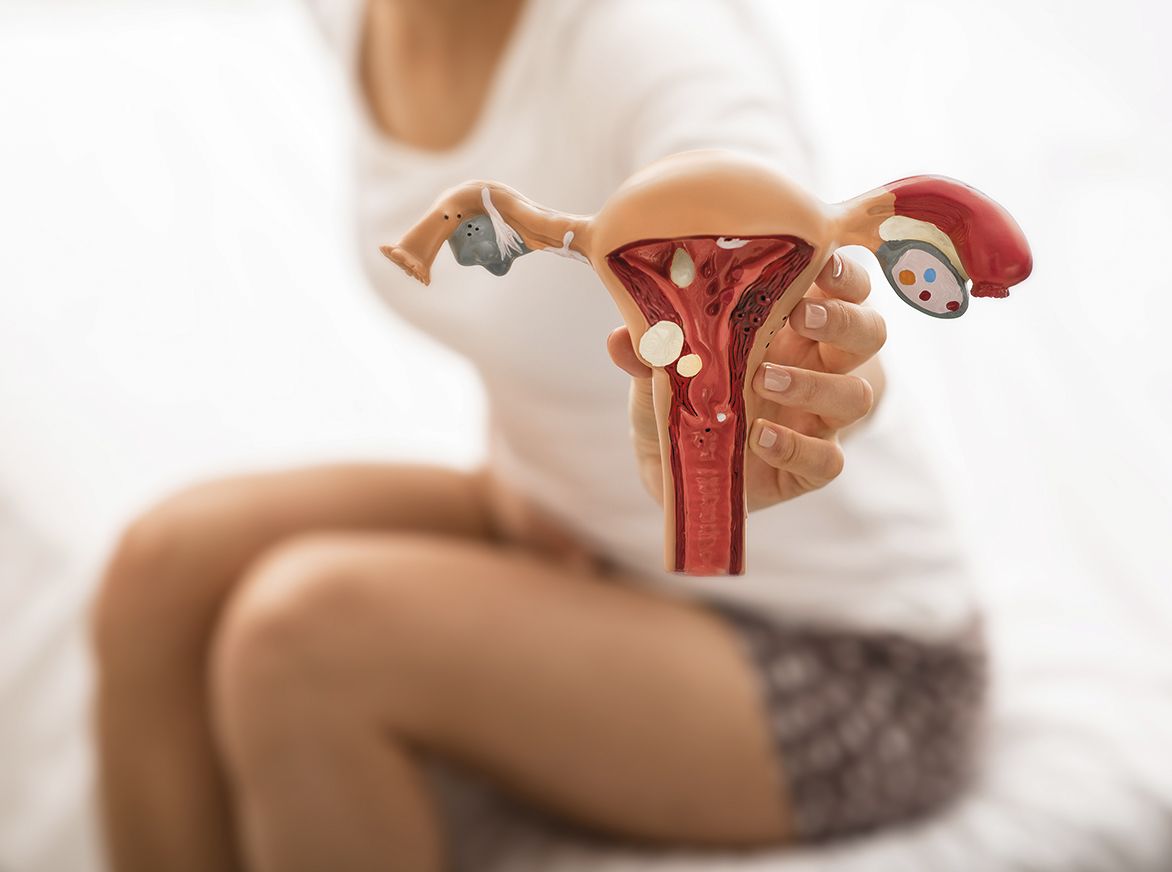 What is Endometriosis (Chocolate Cyst)? What are the symptoms? How to Treat?
What is Endometriosis (Chocolate Cyst)? What are the symptoms? How to Treat? 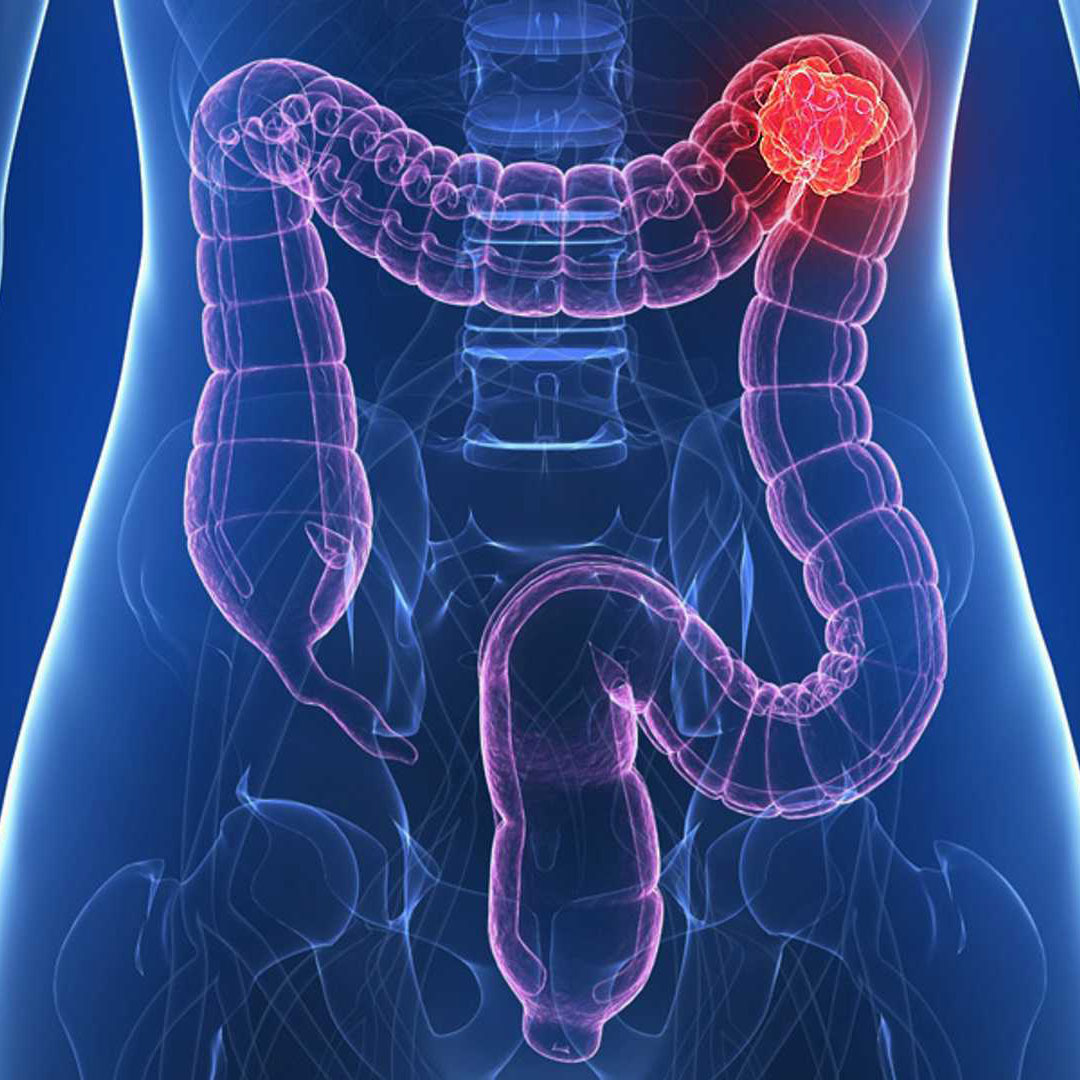 Colon Cancer (Symptoms, Stages, Treatment)
Colon Cancer (Symptoms, Stages, Treatment) 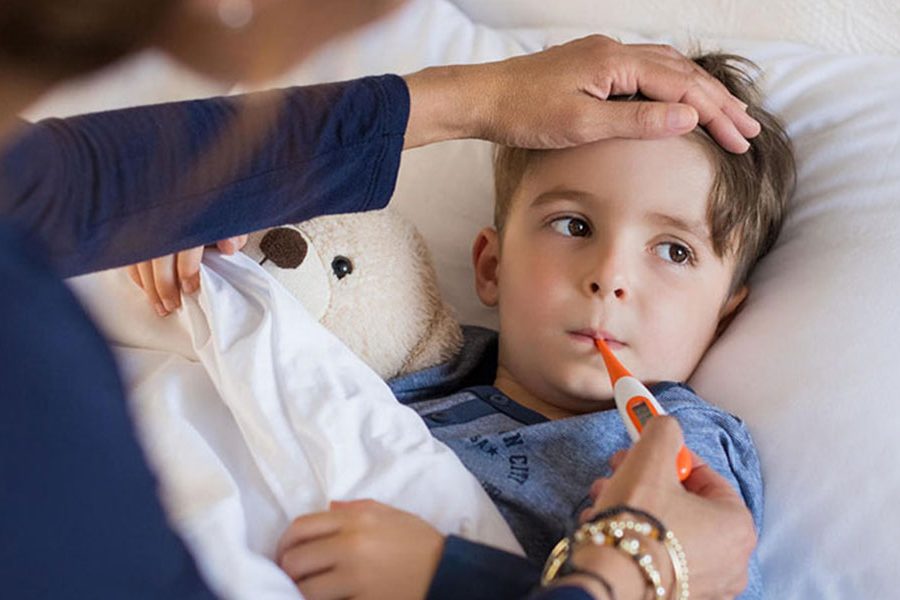 Influenza (Flu) in Children
Influenza (Flu) in Children 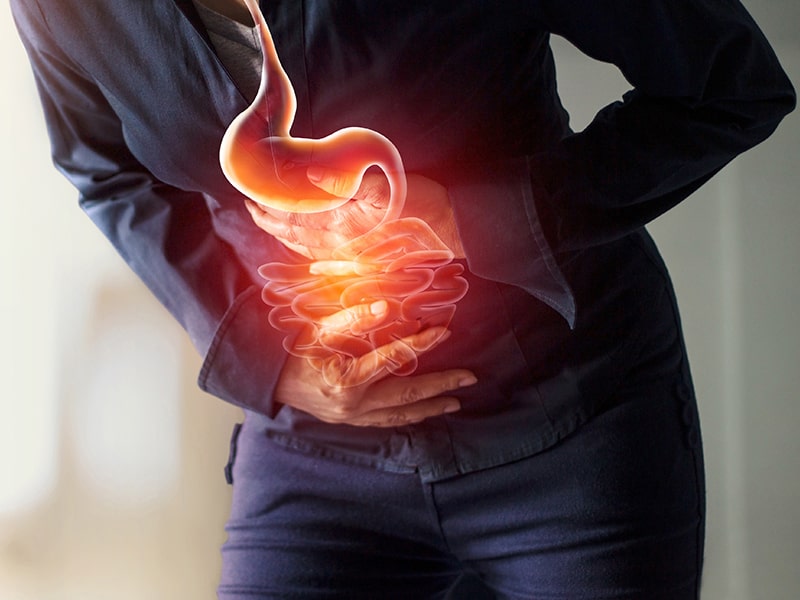 Stomach Cancer Symptoms and Treatment Methods
Stomach Cancer Symptoms and Treatment Methods 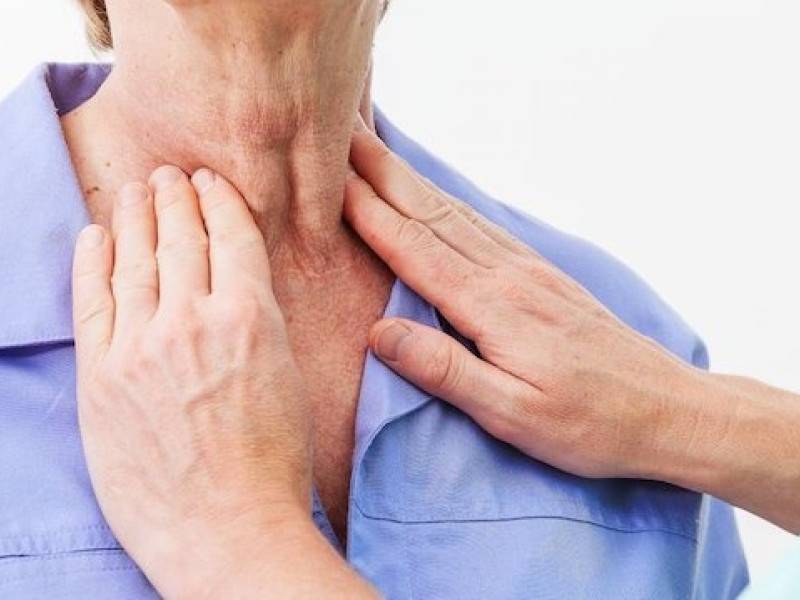 What is Lymph Node Swelling? What Are The Reasons?
What is Lymph Node Swelling? What Are The Reasons?  When to Use Antibiotics? What are the side effects? What is Antibiotic Resistance?
When to Use Antibiotics? What are the side effects? What is Antibiotic Resistance? 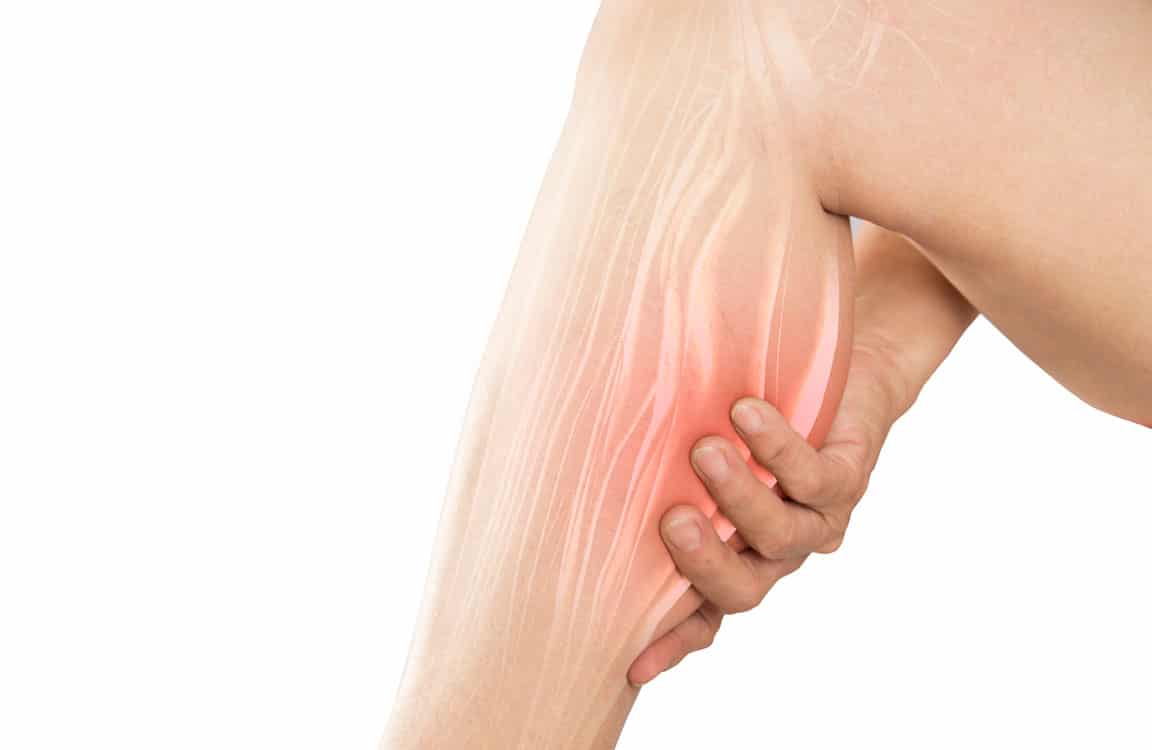 What is Muscle Spasm?
What is Muscle Spasm? 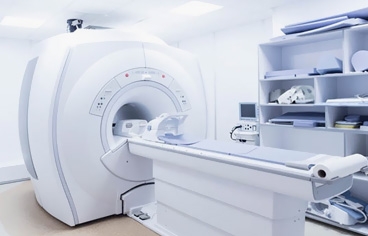 What is MRI? How to Take an MRI with Medication? Is It Harmful?
What is MRI? How to Take an MRI with Medication? Is It Harmful?  What are the Causes of Diarrhea and Vomiting? How to Treat?
What are the Causes of Diarrhea and Vomiting? How to Treat? 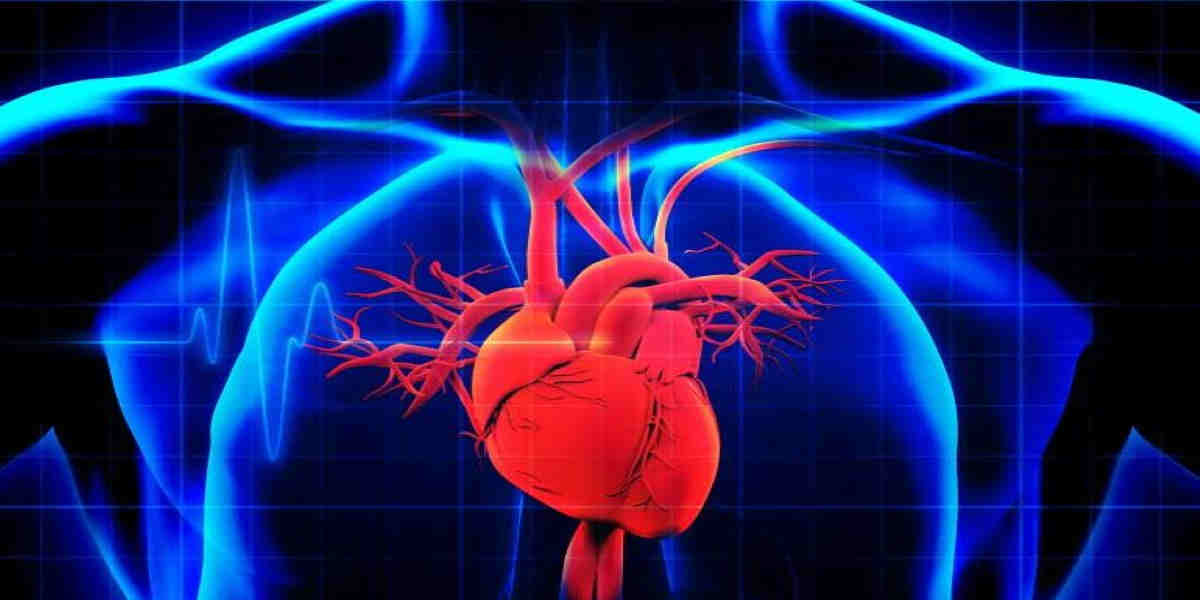 What is Heart Failure? What are its stages? How to Treat?
What is Heart Failure? What are its stages? How to Treat?

